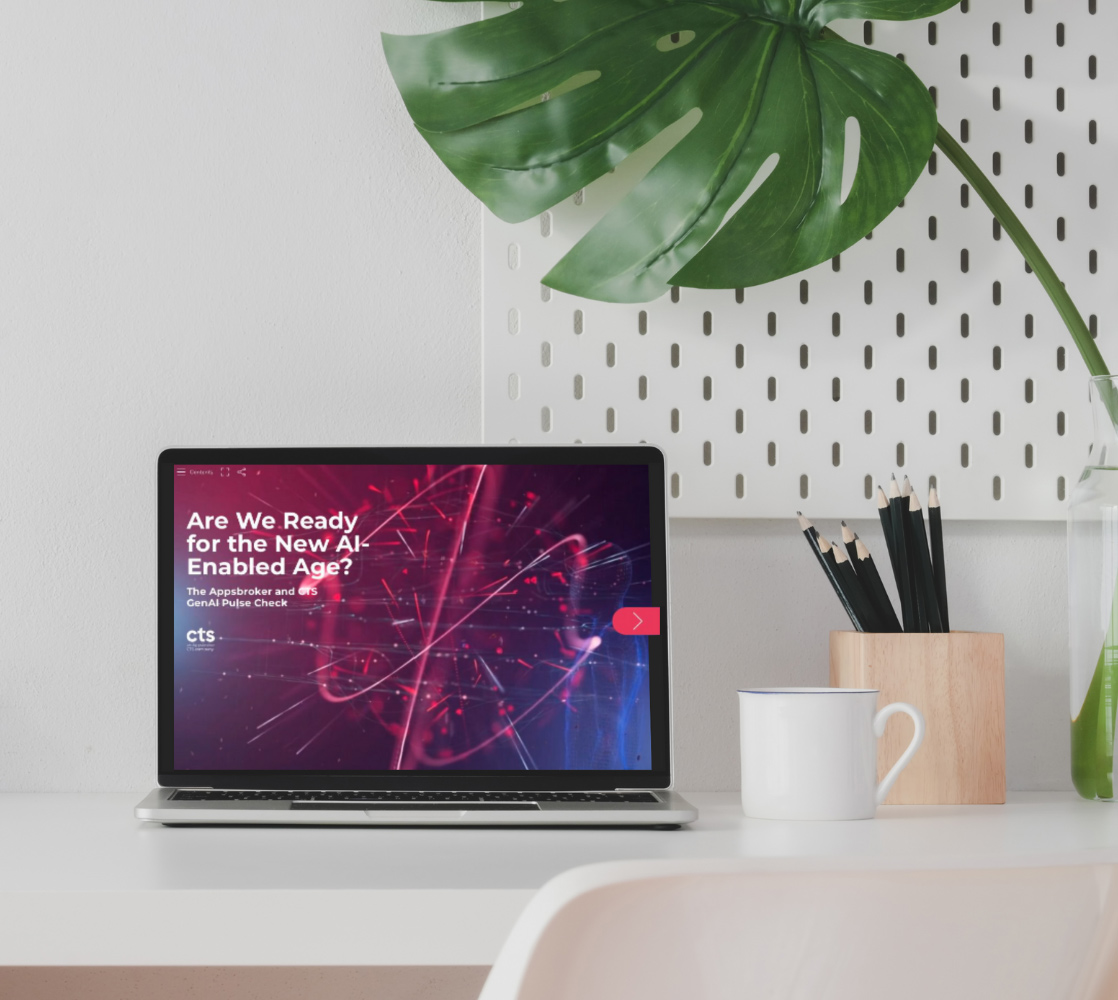The Business
Leiden University Medical Center (LUMC) is a modern university medical center for research, education and patient care. Its unique research practice, ranging from pure fundamental medical research to applied clinical research, places LUMC among the world’s top training and research hospitals. This enables them to offer patient care and education that is in line with the very latest international insights and standards.
The Challenge
Administrative tasks are an essential but time-consuming part of healthcare. Doctors have to register everything they discover within a patient’s file. Symptoms, diagnosis, medication and treatment plans all have to be noted clearly and securely. Physicians are often spending 50% of their time filling in electronic medical records, time which could be better spent with patients. Back in 2018, LUMC asked the CTS team to find a way to streamline the initial patient-doctor consultation (anamnesis), targeting a reduction in the administrative workload, so their doctors could focus on patients’ needs.
The Solution
Collaborating with LUMC, CTS developed an easy to use application that records and automatically, transcribes doctor-patient interviews, with an option to add NLP models to further analyse the interviews.
Together, CTS and the LUMC digital innovation team built a highly efficient back-end infrastructure to process anamnesis recordings. When a recording is made, it is inputted into Google Cloud Storage, then moving through a series of Cloud Functions in an automated event-based flow. These functions perform actions such as splitting the recording from a single stereo file to 2 mono files; cleaning up these recordings of any sound that has bled from other microphone inputs; and then uses Speech-to-Text API to transcribe. Google App Engine is used to present an application dashboard which is easy to navigate, but also checks and reports the process for the LUMC team.
In cooperation with CAPE AI, an expert in Natural Language Processing for the Dutch language, LUMC further optimised the translation of speech to text. This has resulted in the spin-off Autoscriber, which will bring the final product to the market.
More Than Just Transcribing Information
Unlike other speech recognition solutions, this application does more than simply transcribing the information. The tool recognises medical terms and presents physicians with an analysis that responds to each of the questions they asked during the interview. For example, how long has the patient been unwell, are the symptoms worse at certain times than others, and so on. Specialists can then review the information and transfer into the electronic medical files with the click of a button, allowing doctors to use their valuable time providing patient care.
In order to be useful, the text needs to be structured so it’s available for future data analysis. Prior to the implementation, doctor’s would have to remember the conversation, gather the detail they need and write it all by hand themselves. Not only does this allow for human error, specialists would use their own words and structure, making wider data analysis almost impossible.
Acceleration and Simplification
However now when the doctor stops recording, the Cloud Functions process begins, returning a report containing key information gleaned from the ML step. This report is presented via the UI to the doctor who reviews it, adjusts and adds any information they need to, and then approves it. With the new solution in place all data is saved within the patient file without further doctor intervention, following a consistent structure for every department and patient. The aim is that this accelerates the process for physicians and simplifies collaboration between medical departments. The clear structuring of data enables analytics to be performed on symptoms and treatments at a later stage.
“The physicians are pleased with the results,” says Marjolein Elderhorst, Manager of the Digital Innovation team at LUMC. “We have had enthusiastic reactions from quite a few doctors to the commissioning of the version integrated into the EHR. Increasing the number of admissions is high on the agenda so that we can continue to improve the model.”
The Result
When asked about how this solution aligns with their ethos and how they deliver patient care, Marjolein considers that “LUMC focusses on value-based healthcare and delivering a good experience for patients. Our solution should be scalable and secure. That’s why using cloud technology from Google is the ideal choice for us.”
“We believe that healthcare should answer the needs of the 21st century,” adds Marjolein. “To provide our patients with the best possible care, as well as playing a leadership role in the Netherlands and beyond.”
The LUMC is enthusiastic about the further development of the application so that it can be rolled out not only within the LUMC, but also at other hospitals and healthcare institutions in the Netherlands.




